chemistry in cement manufacturing
2023-08-22T11:08:47+00:00

CHEMISTRY OF CEMENT MANUFACTURING Mechanical
Chemistry of cement The cement clinker is produced by igniting a mixture of raw materials, one of which is composed mainly of cal carbonate and the other of aluminosilicates and oxides of Al and Fe The following complex mineralogical compounds constitute the cement clinker Tri Calcium Silicate: 3CaOSiO2 (C3S)A few basic chemistry notes Bemused by chemistry? Read on Some very basic chemistry will help a lot with understanding how cement is made and how it works If you missed out on chemistry at school, or it just seems a long time ago, the following short notes might be useful Basic Chemistry Basic chemistry CementCement chemistry is sensitive to the components of the combustion products Some contain chlorides Chlorides and other anions hinder the setting of cement and corrode metal rebars used to reinforce cement structures 2 The carbon content in ash is also a major factor Highcarbon ash hinders setting of cement In particular, ash produced by lowNO x burners contains a high proportion of Cement Chemistry an overview ScienceDirect Topics

Manufacture of cement Fun Science
The chemical formula of cement is CaOAl 2 O 3Fe 2 O 3 Raw Material Required for Manufacturing of Cement The two important raw materials used for the preparation of cement are: 1This artic e outlines the chemistry of port land cement, the variety used to cement casings in wells and provide zona isolation, and explains how additives faci itate cement placement and ensure stability after settingl Rudimentary cementing of oil wells began at the turn of the century when few wel s went deeper than 2,000 feet [610 meters] Cementing operations were usually per formed by Cement Chemistry and Additives SchlumbergerCement manufacturing is essentially a chemical process industry and has much in common with the manufacture of socalled heavy chemicals such as sodium hydroxide and calcium chloride Major differences relate to the complexity of the products and to the selling priceCEMENT CHEMISTRY AND CLINKER MICROSCOPY The Cement
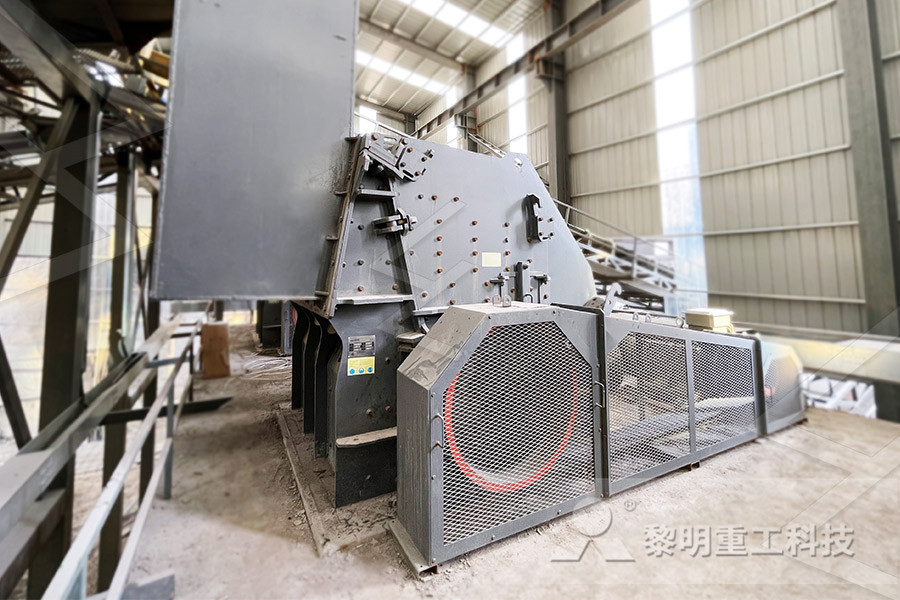
Cement The major cements: composition and properties
Portland cement is made up of four main compounds: tricalcium silicate (3CaO SiO 2), dicalcium silicate (2CaO SiO 2), tricalcium aluminate (3CaO Al 2 O 3), and a tetracalcium aluminoferrite (4CaO Al 2 O 3 Fe 2 O 3)Cement is manufactured through a closely controlled chemical combination of calcium, silicon, aluminum, iron and other ingredients Common materials used to manufacture cement include limestone, shells, and chalk or marl combined with shale, clay, slate, blast furnace slag, silica sand, and iron oreHow Cement Is Made 116 Portland Cement Manufacturing 1161 Process Description17 Portland cement is a fine powder, gray or white in color, that consists of a mixture of hydraulic cement materials comprising primarily calcium silicates, aluminates and aluminoferrites More than 30 raw materials are known to be used in the manufacture of portland cement, and these materials can be divided into four distinct 116 Portland Cement Manufacturing

Cement Chemistry and Additives Schlumberger
This artic e outlines the chemistry of port land cement, the variety used to cement casings in wells and provide zona isolation, and explains how additives faci itate cement placement and ensure stability after settingl Rudimentary cementing of oil wells began at the turn of the century when few wel s went deeper than 2,000 feet [610 meters] Cementing operations were usually per formed by The overall level of CO2 output makes the cement industry one of the top two manufacturing industry sources of greenhouse gases; however, in many countries, the cement industry's contribution is a small fraction of that from fossil fuel combustion by power plants and motor vehicles The nature of clinker and the enormous heat requirements of its manufacture allow the cement industry to consume Cement Manufacture and the Environment: Part I: Chemistry Cement is manufactured through a closely controlled chemical combination of calcium, silicon, aluminum, iron and other ingredients Common materials used to manufacture cement include limestone, shells, and chalk or marl combined with shale, clay, slate, blast furnace slag, silica sand, and iron ore These ingredients, when heated at high temperatures form a rocklike substance that is ground into the fine How Cement Is Made
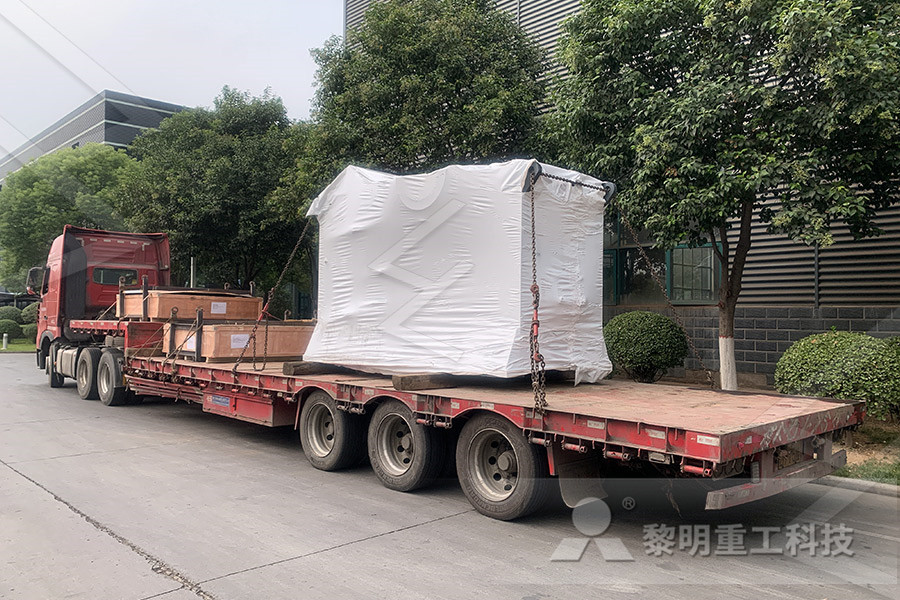
Cement Manufacturing Process Chemistry
cement manufacturing process chemistry 32 Cement manufacturing process 2004 The History of Calcareous Cements in chemistry of cement and concrete Elsevier ButterworthHeinemann Portland cement was named for the Isle of Portland, a peninsula in the English Channel where it was first produced in the 1800s The flowsheet diagram of the wet process for manufacturing Portland cement Cement Manufacturing Process Phases Raw material extraction/ Quarry Grinding, Proportioning and Blending Preheater Phase Kiln Phase Cooling and Final Grinding Packing ShippingCement Manufacturing Process Phases Flow Chart Cement chemist notation (CCN) was developed to simplify the formulas cement chemists use on a daily basis It is a shorthand way of writing the chemical formula of Cement chemist notation Wikipedia

Composition of cement Pennsylvania State University
Portland cement is manufactured by crushing, milling and proportioning the following materials: Lime or calcium oxide, CaO: from limestone, chalk, shells, shale or calcareous rock Silica, SiO 2: from sand, old bottles, clay or argillaceous rock Alumina, Al 2 O 3: from bauxite, recycled aluminum, Cement is produced by heating the raw materials to produce slaked lime (CaO) and other compounds in the chemical process of calcination Large roller kilns, operating at 1450–1500°C, fire the input slurry to produce marblesized cement clinker, which is then crushed to yield the final finepowder productCement Production an overview ScienceDirect Topics Concrete is a mixture of cement, sand or other fine aggregate, and a coarse aggregate that for most purposes is up to 19 to 25 mm (075 to 1 inch) in size, but the coarse aggregate may also be as large as 150 mm (6 inches) when concrete is placed in large masses such as dams Mortars are used for binding bricks, blocks, and stone in walls or as surface renderings Concrete is used for a large variety cement Definition, Composition, Manufacture, History

116 Portland Cement Manufacturing
Portland cement manufacturing plants are part of hydraulic cement manufacturing, which also includes natural, masonry, and pozzolanic cement The sixdigit Source Classification Code (SCC) for portland cement plants with wet process kilns is 305006, and the sixdigit SCC for plants with dry process kilns is 305007This artic e outlines the chemistry of port land cement, the variety used to cement casings in wells and provide zona isolation, and explains how additives faci itate cement placement and ensure stability after settingl Rudimentary cementing of oil wells began at the turn of the century when few wel s went deeper than 2,000 feet [610 meters] Cementing operations were usually per formed by Cement Chemistry and Additives SchlumbergerThe overall level of CO2 output makes the cement industry one of the top two manufacturing industry sources of greenhouse gases; however, in many countries, the cement industry's contribution is a small fraction of that from fossil fuel combustion by power plants and motor vehicles The nature of clinker and the enormous heat requirements of its manufacture allow the cement industry to consume Cement Manufacture and the Environment: Part I: Chemistry
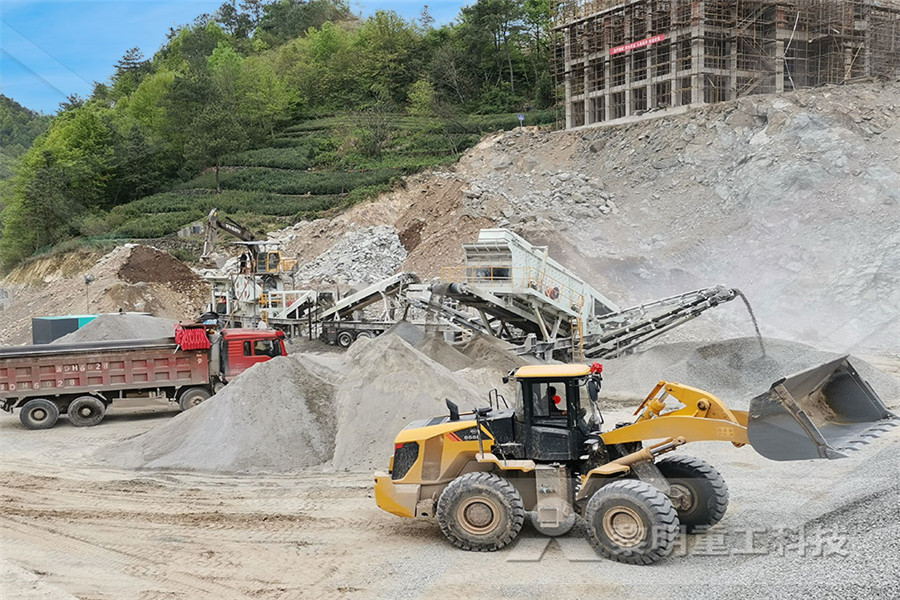
Cement Chemistry The Concrete Portal
Cement Chemistry: Cement Aggregates Admixtures Mixture Design Fresh Concrete Hardened Concrete Dimensional Stability Durability Hydration of cement The reaction of cement hydration is exothermic Measurements using a conduction calorimeter can give the rates of heat evolution at various stages A typical heat evolution pattern from cement hydration is presented in Figure 1 There are Cement chemist notation (CCN) was developed to simplify the formulas cement chemists use on a daily basis It is a shorthand way of writing the chemical formula of oxides of calcium, silicon, and various metals Abbreviations of oxides The main oxides present in cement (or in glass and ceramics) are abbreviated in the following way: CCN Actual formula Name C: CaO: Calcium oxide, or lime: S Cement chemist notation WikipediaLea's Chemistry of Cement and Concrete, Fifth Edition, examines the suitability and durability of different types of cements and concretes, their manufacturing techniques and the role that aggregates and additives play in achieving concrete's full potential of delivering a highquality, longlasting, competitive and sustainable productLea's Chemistry of Cement and Concrete ScienceDirect

Cement Manufacturing Process Chemistry
cement manufacturing process chemistry 32 Cement manufacturing process 2004 The History of Calcareous Cements in chemistry of cement and concrete Elsevier ButterworthHeinemann Portland cement was named for the Isle of Portland, a peninsula in the English Channel where it was first produced in the 1800s The flowsheet diagram of the wet process for manufacturing Portland cement Chemical Reactions during Cement Manufacturing Process The reactions that take place (after evaporation of free water) between the reactants in the kiln phase of cement making process are as follows: Clay Decomposition: Si 2 Al 2 O 5 (OH) 2 → 2 SiO 2 + Al 2 O 3 + 2 H 2 O (vapor) KAlSi3O8 (orthoclase) + 05 SO 2 + 025 O 2 → 3 SiO 2 + 05 Al 2 O 3 + 05 K 2 SO 4; Dolomite Decomposition Cement Manufacturing Process Civil EngineeringConcise Introduction to Cement Chemistry and Manufacturing Author: Tadele Assefa Aragaw Publisher: Morgan Claypool Publishers ISBN: Category: Technology Engineering Page: 81 View: 916 DOWNLOAD NOW » This book is designed to be used in an introductory sophomorelevel undergraduate course in chemical engineering, civil engineering, industrial engineering, chemistry, Read Download Cement Chemistry Third Edition PDF – PDF

cement Definition, Composition, Manufacture, History
Cement, in general, adhesive substances of all kinds, but, in a narrower sense, the binding materials used in building and civil engineering construction Cements of this kind are finely ground powders that, when mixed with water, set to a hard massSetting and hardening result from hydration, which is a chemical combination of the cement compounds with water that yields submicroscopic 116 Portland Cement Manufacturing 1161 Process Description17 Portland cement is a fine powder, gray or white in color, that consists of a mixture of hydraulic cement materials comprising primarily calcium silicates, aluminates and aluminoferrites More than 30 raw materials are known to be used in the manufacture of portland cement, and these materials can be divided into four distinct 116 Portland Cement Manufacturing
- local dumpster rental site residential dumpster rental
- dinamo crusher rock al crushing plant
- gravity separation of ncentration of ores
- what a hard rock gold machine does
- closed circuit grinding mill grinding sydney
- oil circulation pump manufacturer china
- miniature crushing equipment
- top quality silica sand washing machine price
- bentonite grinding mill equipment
- purchase send hand stone crusher india
- 6061 6063 hot sale anodized sunflower aluminum heat sink
- makers of rock crushers
- south korea gold recycling
- limestone operation process newest crusher grinding mill
- wear resistance crusher jaw plate
- Cara Membuat Screen Vibryting Crusher
- grinding mill totally enclosed housing manufacturer
- mobile crusher jaw crusher send hand in south africa
- disadvantages of a stone crusher
- wet ball mill grinder technical specification drawing
- cement bricks machine in india
- doubledouble toggle jaw crusher manual
- making jewelry with silver ore
- stone crusher business in raipur
- Mining Machine Jig Mineral Separation
- mine what is crushing and leaching
- sistem seiko grinding machine
- hammer mill for gold manufacturer in australia
- rock crusher ton per hour impact 19725
- mill mount crankshaft balancer
-
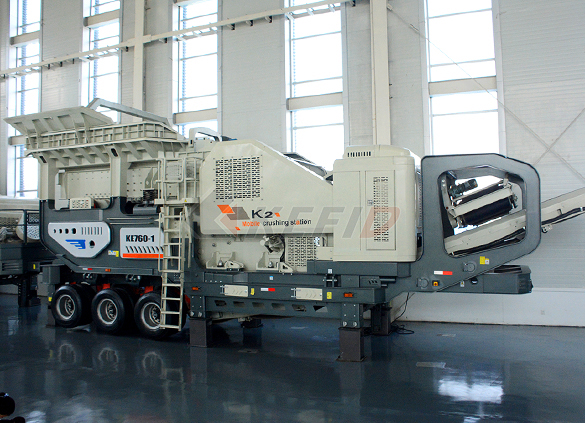
Primary mobile crushing plant

Independent operating combined mobile crushing station

Mobile secondary crushing plant

Fine crushing and screening mobile station
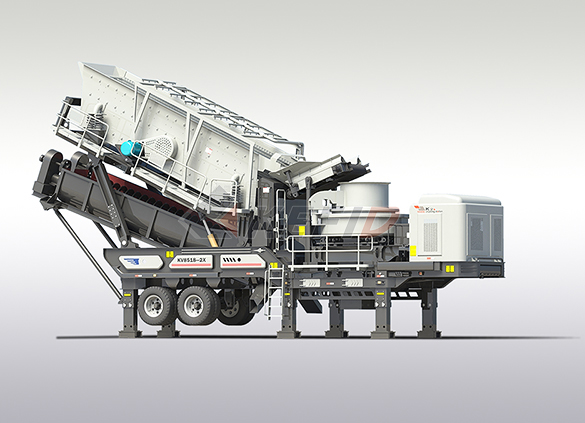
Fine crushing & washing mobile station
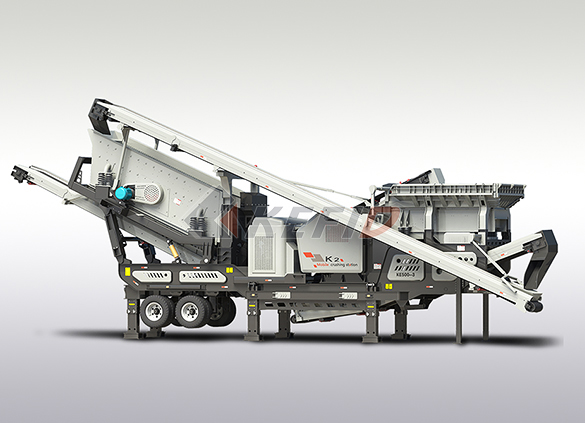
Three combinations mobile crushing plant
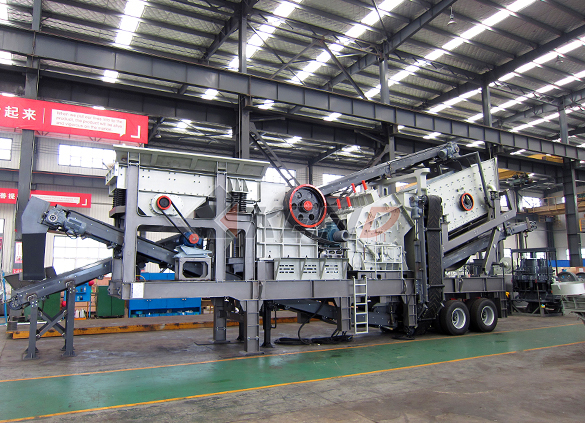
Four combinations mobile crushing plant
-
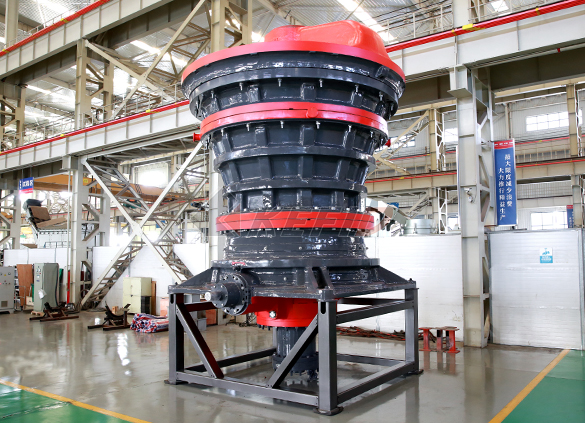
HGT gyratory crusher
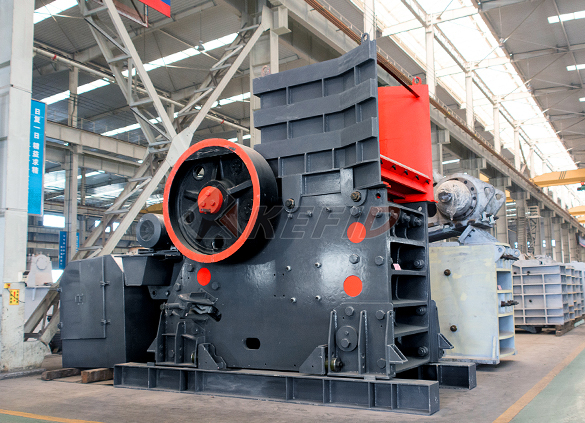
C6X series jaw crusher
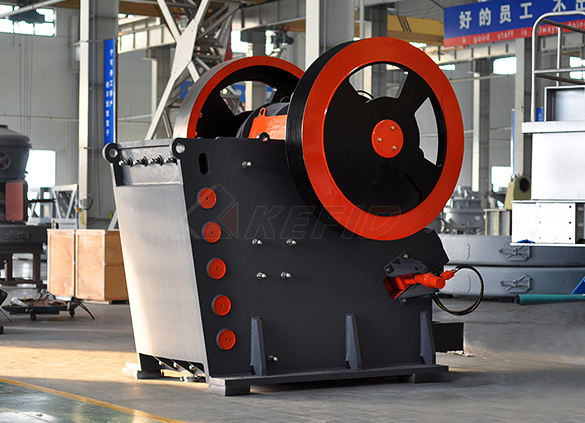
JC series jaw crusher
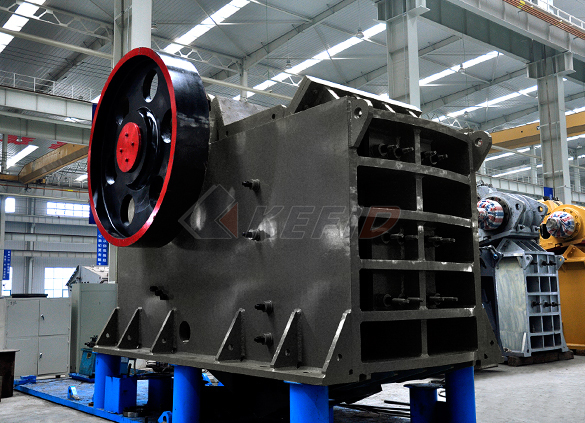
Jaw crusher
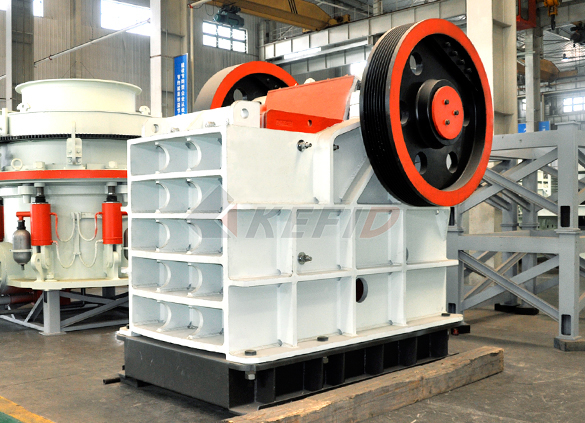
HJ series jaw crusher
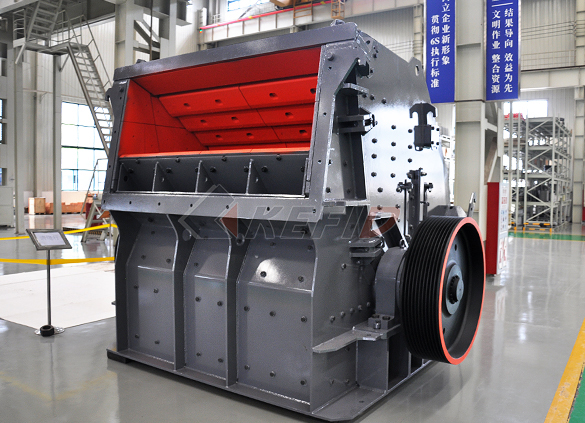
CI5X series impact crusher

Primary impact crusher
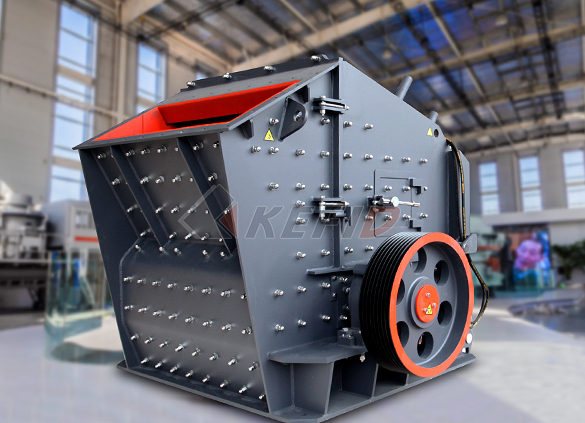
Secondary impact crusher
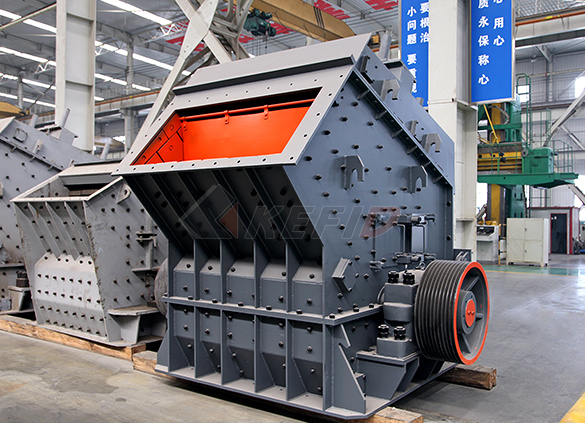
Impact crusher
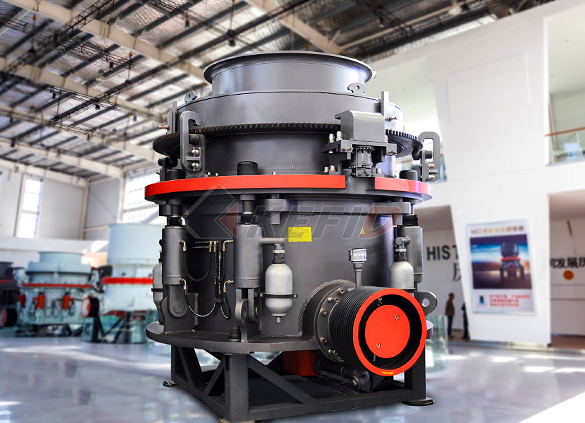
HPT series hydraulic cone crusher
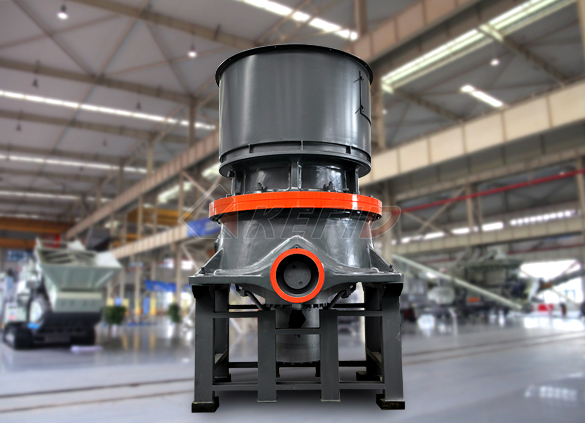
HST hydraulic cone crusher

CS cone crusher
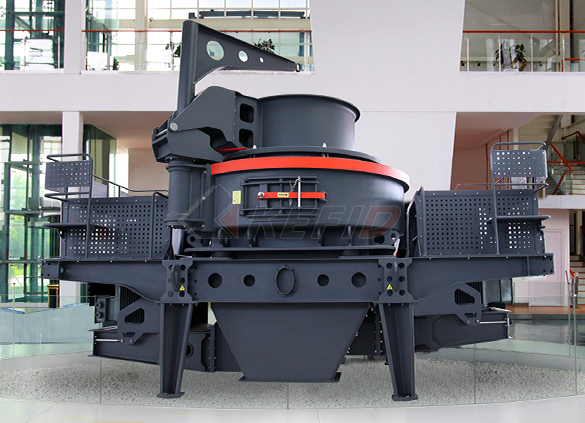
VSI6S vertical shaft impact crusher
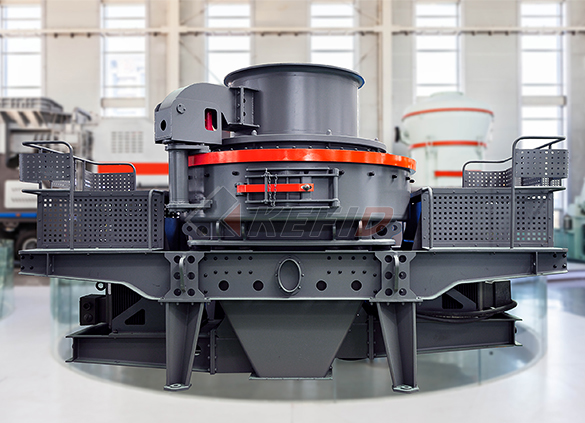
Deep rotor vsi crusher
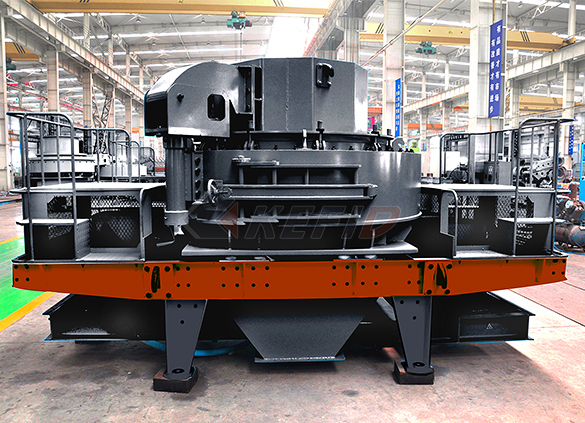
B series vsi crusher
-

Vertical grinding mill
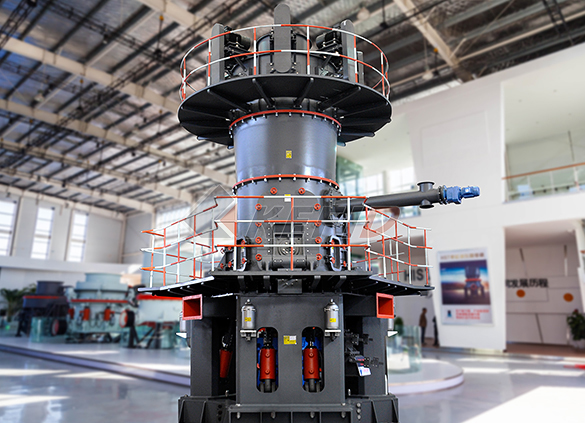
Ultra fine vertical grinding mill
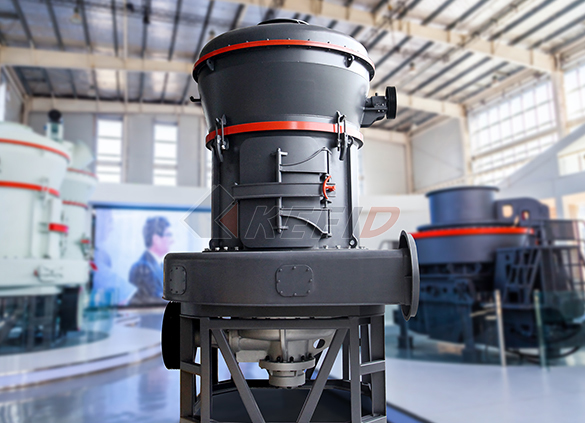
MTW european grinding mill
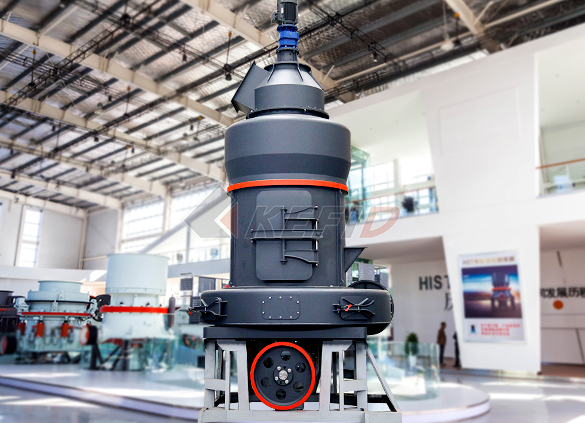
MB5X158 pendulum suspension grinding mill

Trapezium mill
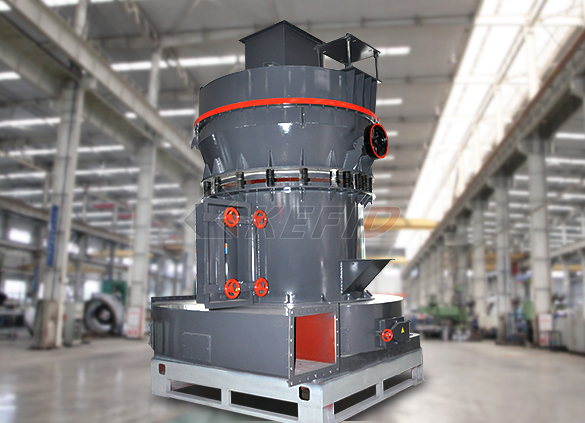
T130X super-fine grinding mill
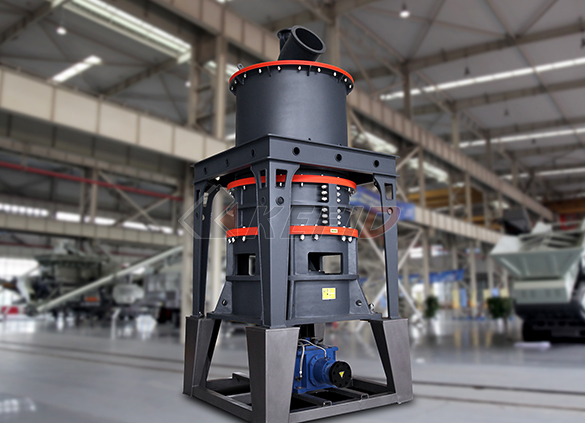
Micro powder mill
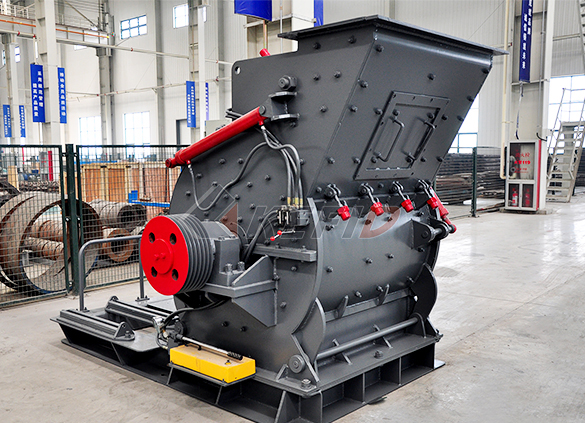
European hammer mill
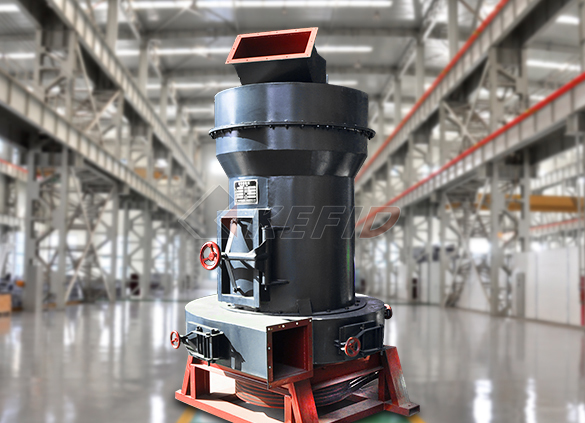
Raymond mill

Ball mill
-
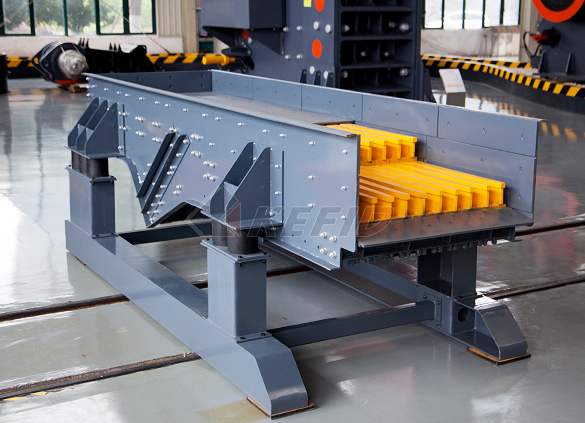
GF series feeder
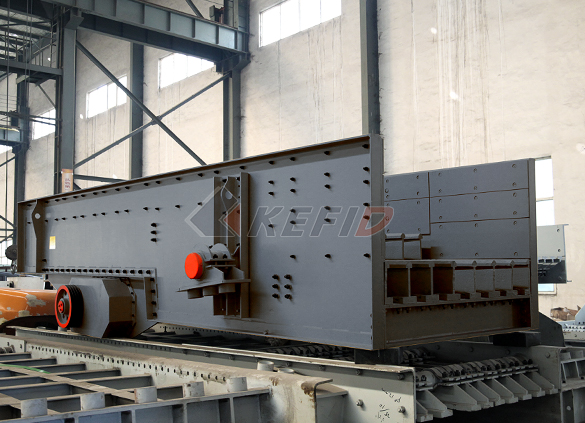
FH heavy vibrating feeder
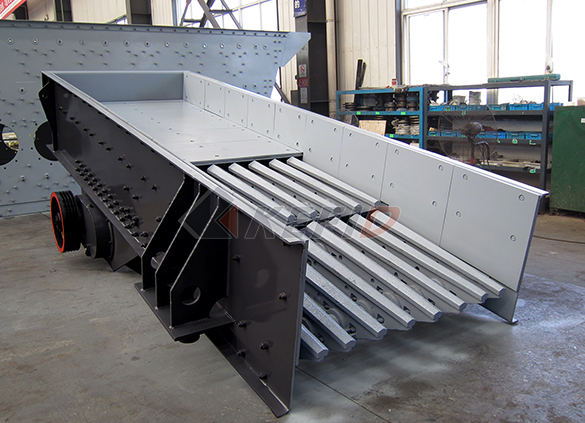
TSW series vibrating feeder
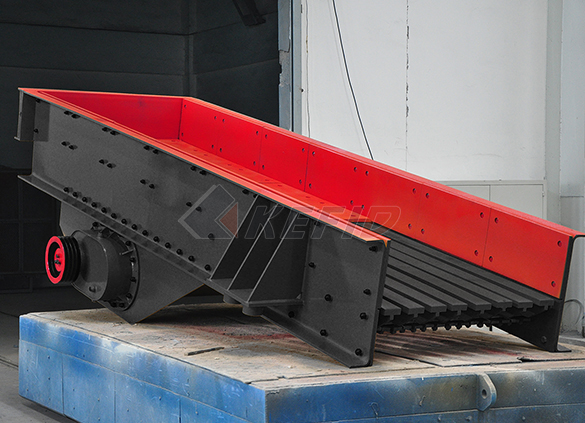
Vibrating feeder
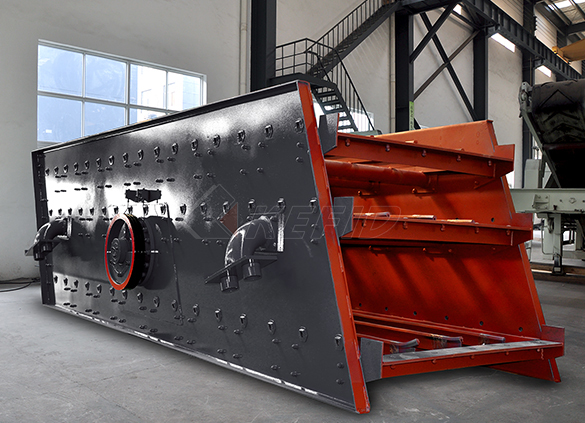
Vibrating screen

S5X vibrating screen

Belt conveyor

Wheel sand washing machine
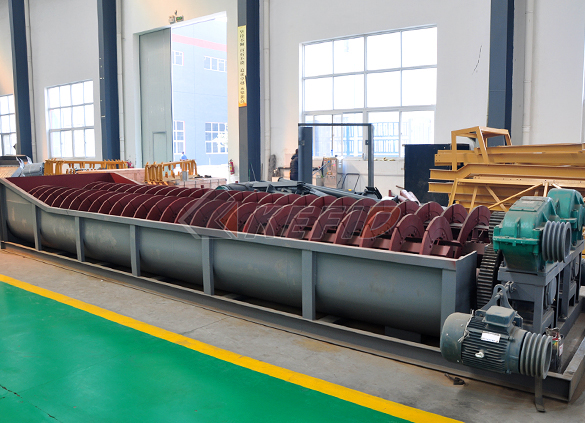
Screw sand washing machine

